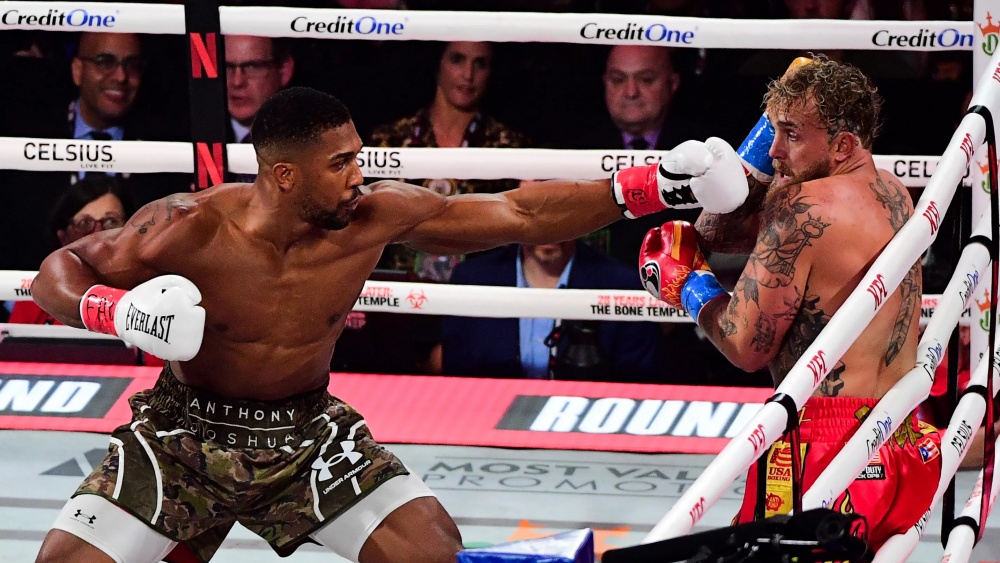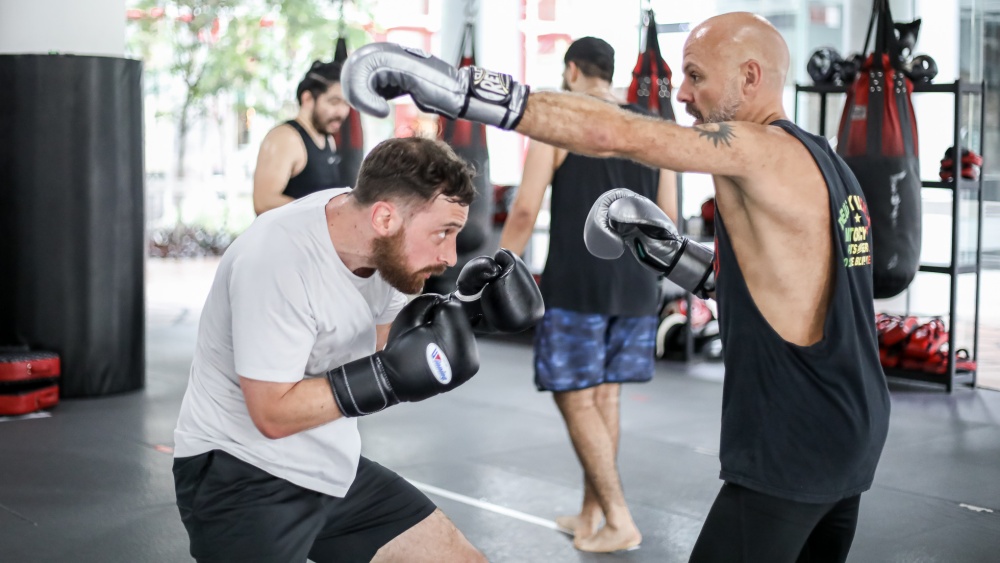In his prime, heavyweight boxing world champion “Iron” Mike Tyson was no doubt the most feared man in the sport. The legendary “Baddest Man on the Planet” was an explosive force inside the ring, laying waste to his foes with concussive knockout power.
Tyson is the youngest world champion in the history of boxing, claiming his first belt at 20 years, four months, and 22 days old. He reigned as the undisputed heavyweight world champion from 1987 to 1990, and was the first fighter to have held the WBA, WBC, and IBF heavyweight titles simultaneously.
Trained by the late great Cus D’Amato, Tyson was able to cultivate a unique boxing style that no one has been able to replicate. The manner in which he moved swiftly across the ring, gliding with killer intent to deliver fight-ending knockout blows was unparalleled. It remains one of the most exciting styles to watch to this day.
Fans old and new continue to enshrine Tyson as among the greatest heavyweight boxers of all time, next to fellow legends Muhammad Ali, George Foreman, and Joe Frazier.
If you want to get a better understanding of what makes Mike Tyson such a great boxer, you’ve come to the right place. Today, Evolve Daily shares four unique characteristics of Mike Tyson’s boxing style.
1) The Untamed Beast
Tyson was a man possessed whenever he had a fight coming up. The sinister look in his eyes before he would make his ring walk is frightening to say the least, and that’s because Tyson went into each of his fights wanting to do some serious damage.
Opponents were mentally broken, intimidated even before they stepped in the ring with him. He always came in with bad intentions. He would often be seen clenching his fists and brushing his knuckles with his gloves, because he said it dampened the padding. Whether or not this was true, Tyson always looked to end fights early as a result.
This clarity and singleness of purpose allowed Tyson to perform optimally, both physically and mentally. Tyson was rarely ever emotional in the ring, which allowed him to execute his techniques without hesitation, and mostly without flaw, just the way D’Amato taught him.
Later on, Tyson revealed he was mostly scared every time he was about to fight, but that he turned his fear into strength. He became an untamed beast, ready to let loose at the sound of the first round bell.
This sort of aggressiveness is the trademark Tyson is known for, and it’s a quality that is rarely found in modern-day boxers.
2) Head Movement
Tyson didn’t simply knock opponents out, he finished and destroyed them. Tyson won his first 19 professional fights by knockout, 12 of them in the first round.
But while most people know Tyson for his blistering offense, one of the most underrated parts of his game was his defense, particularly in the area of head movement. Head movement was a big part of his overall game.
Tyson’s head movement was as legendary as he was. His ability to fight low, moving his head from side-to-side as he effectively slipped an opponent’s punches was impressive to say the least.
Tyson moved his head so well, that he became incredibly hard to hit. This also allowed him to get within distance to land his devastating hooks without taking on the threat of incoming fire. Some believe he had the best head movement in the sport, even by today’s standards.
A lot of Tyson’s training focused on head movement, specifically in the area of bobbing and weaving. He would practice this motion in defensive sets, as well as part of his offense, as he came forward with combinations.
3) Peek-A-Boo Style
Tyson’s unique “Peek-a-boo style” is a fading art in boxing. It’s a form of aggressive defense that empowers practitioners to charge on the offensive, moving forward in angles, while being fairly well-protected from counterpunches. It’s a concept trainer D’Amato has developed over the years.
Tyson would put his guard up high, with both of his gloves just slightly covering his cheekbones to fully protect the chin while not sacrificing line of sight. This is coupled with side-to-side head movement, bobbing, weaving, and lateral footwork. Tyson would then use his momentum to generate the power in his hooks and uppercuts.
Because this style is very power-intensive, Tyson’s training would mostly consist of shadow boxing, heavy bag work, and punch mitts, where he could unload his otherworldly power without consequence.
Tyson also employed multi-punch combinations with his most devastating attacks, namely his hooks and uppercuts, focusing both on the head and body. His particular style would take advantage of his constant shifting in weight, often coming up with rising uppercuts, which he became known for.
Aside from this, Tyson also became adept at fighting low, being able to bend his knees and change levels, where a lot of fighters taller than he was had trouble finding him.
4) Shift Switching
Last but certainly not least was Tyson’s amazing footwork. He always got to spots on the canvas quickly and effectively, and his opponents had difficulty adjusting to his movement.
One technique Tyson loved to use was known as shift switching, where he used his momentum to carry himself into a pivot, and end up on the other side of an opponent. From there, Tyson was able to attack from an angle that opponents couldn’t effectively defend against. He usually came back with a hook to the head, and that would be enough to score his infamous knockouts.
Tyson believed the most powerful knockout punches were the ones opponents didn’t see coming. Because of his shift switching style, he was often able to attack from angles opponents least expected, which resulted in many highlight-reel sequences.
Of course, none of this would be possible without footwork, which Tyson spent a lot of time training. D’Amato continuously drilled the importance of footwork on his young pupil, and he was able to create a powerful monster that terrorized boxing’s heavyweight division for years.
If you enjoyed this article, you may also like:

















